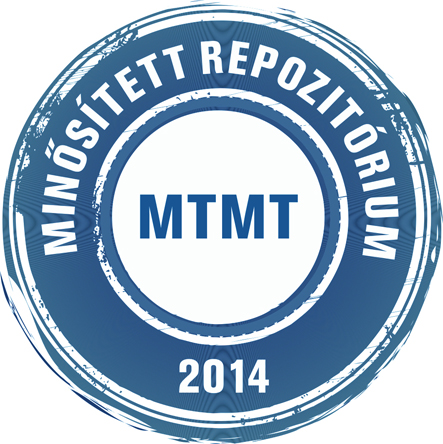Kóbor Balázs; Geiger János; Gössler Walter; Pál Molnár Elemér: Radioactiv characteristics of the liassic coal of Pécsbánya and effects of its mining on the environment (Mecsek Mts. - South Hungary). In: Acta mineralogica-petrographica, (43). pp. 59-63. (2002)
Előnézet |
Cikk, tanulmány, mű
mineralogica_043_059-063.pdf Letöltés (3MB) | Előnézet |
Absztrakt (kivonat)
It is a widely known fact that the Liassic coal mined for more than 200 years in the environs of Pécs-Komló (Mecsek-Mts., South-Hungary) represents a higher radioactivity than that of the formation average. Hence, in order to carry out a successful recultivation it is necessary to determine precisely the radioactive state of the involved areas and measure the amount of excessive radioactivity affecting citizens. This is important especially because measurements of this kind haven't been made in the area before. By performing in situ and laboratory " measurements on waste heaps, accumulated over several hundred years, and areas under different stage of mine works the values of total gamma-ray activity, the specific activity of rocks building up the area and the concentration of the three most significant natural radionuclides (U, Th, K) were determined. Based on in situ measurements, both the winter and the summer-time (representing totally different meteorological conditions) gamma-ray dose rate distribution map of the Karolina opencast mine, and its vicinity was drawn. The background value of total gamma-ray dose rate, based on values measured in the farther environs of the mine was 85-90 nGy/h in the dry hot summer period and 75-80 nGy/h during the humid and cold wintertime. On areas still under active mine works the same measurements gave 220% higher results in average, and in terms of uncovered waste heaps these values were just slightly lower (150-160 nGy/h). On the other hand, in case of covered waste heaps the applied 40-60 cm thick soil cover almost completely absorbs excess activity, thus values received on covered heaps were only 10 % higher than the environmental background. Gamma-ray spectroscopic measurements have shown that not only U bound to organic material is responsible for increased radioactivity, but K and Th as well. The concentration of these later elements proved to be the highest in rocks abundant in argillic minerals. Hence, the activity is the highest especially in those rock types which are characterised not only by a high organic material content but argillic mineral content too.
| Mű típusa: | Cikk, tanulmány, mű |
|---|---|
| Rovatcím: | Articles |
| Befoglaló folyóirat/kiadvány címe: | Acta mineralogica-petrographica |
| Dátum: | 2002 |
| Kötet: | 43 |
| ISSN: | 0365-8066 |
| Oldalak: | pp. 59-63 |
| Nyelv: | angol |
| Kiadó: | Department of Mineralogy, Geochemistry and Petrology, University of Szeged |
| Kiadás helye: | Szeged |
| Befoglaló mű URL: | http://acta.bibl.u-szeged.hu/39424/ |
| Kulcsszavak: | Földtan, Kőzettan, Ásványtan |
| Megjegyzések: | Bibliogr.: 63. p. ; ill. ; összefoglalás angol nyelven |
| Szakterület: | 01. Természettudományok 01. Természettudományok > 01.05. Föld- és kapcsolódó környezettudományok |
| Feltöltés dátuma: | 2016. okt. 17. 09:25 |
| Utolsó módosítás: | 2022. aug. 11. 12:43 |
| URI: | http://acta.bibl.u-szeged.hu/id/eprint/25098 |
 |
Tétel nézet |



